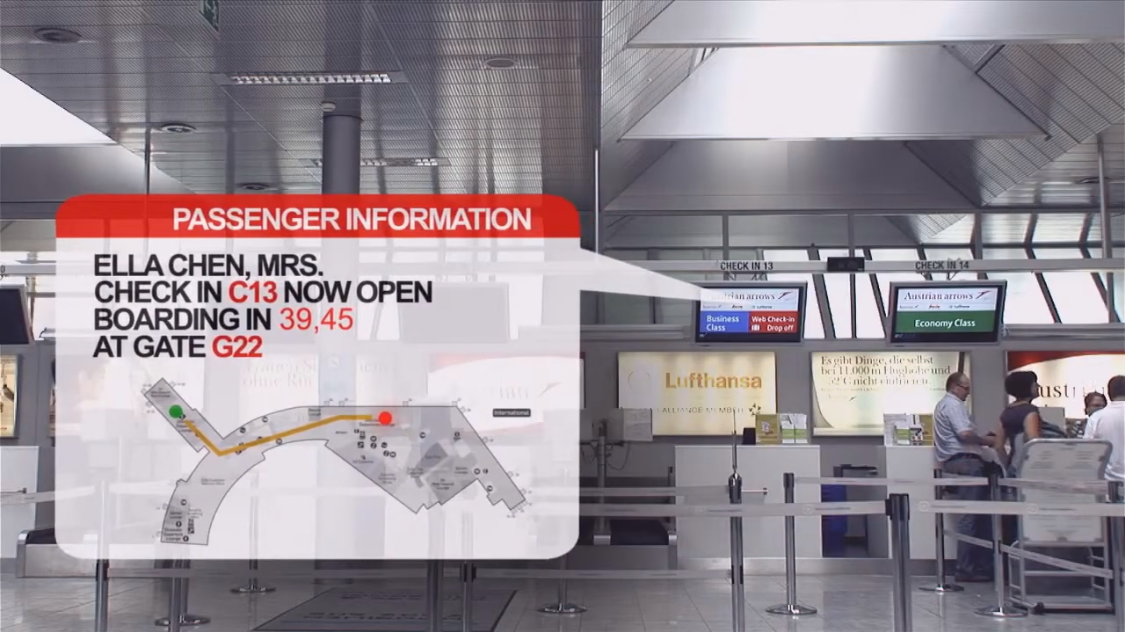Digital Graffiti is an innovative technology platform that was developed starting in 2001. A world-first, it allowed virtual information like text, images, sounds, videos, or even program code to be left like electronic post-its in any location.
Digital Graffiti utilized mobile devices such as PDAs (personal digital assistants), notebooks, and later smartphones to retrieve messages on a location-specific basis and superimpose them on the real environment via the camera function. The digital graffiti could contain any combination of virtual messages and information which could be displayed or executed on any receiving device – based on location and time.
This combination of information, navigation, and augmented reality system – unique at the time – was developed in collaboration between Siemens Corporate Technology, the Ars Electronica Futurelab, and the Institute of Information Systems and Software Engineering at the Johannes Kepler University Linz.
One of the biggest hurdles at the time was equipping the handheld computers known as PDAs with cameras and GPS receivers. The early prototypes at the start of development still required dedicated hardware, as although these technologies were already known, they were not yet available in combination on the consumer market, as we know them today from smartphones. One focus of the research work was therefore to use commercially available devices as early as possible to enable the new messaging system to be implemented quickly.
A cell phone with a camera, GPS and an app were enough to activate the messages within the image and interactions with the real environment: The real world was overlaid with the virtual messages. The location of the receiving devices was determined either by GPS or WLAN.
Wide range of possible applications
Digital Graffiti opened up new possibilities for communication and information in urban spaces, for example, as users could leave virtual messages at a meeting point or information about places of interest. The radius in which the message was to be received could be set by the authors of the message. Buildings visible from afar could be surrounded by a large radius of several kilometers, for example, so that even distant tourists could read the digital graffiti.
The Digital Graffiti technology also enabled interactions in the real environment, for example automatically triggering actions such as opening barriers or starting machines when a specific user was within the radius of action of a suitably equipped digital graffito. The graffiti could also be equipped with access rights that were either linked to people, devices or interest profiles.
Digital Graffiti was used beyond the originally planned scenarios: Based on the application, the Smart Information Campus System for lecturers, students, and administration was launched at the Johannes Kepler University in Linz in 2010: a new type of location-based information, communication, and navigation platform.
Credits
Ars Electronica Futurelab: Roland Haring, Horst Hörtner, Benjamin Mayr, Mahir Yavuz
PARTNER: SIEMENS Corporate Technology, Johannes Kepler Universität Linz
